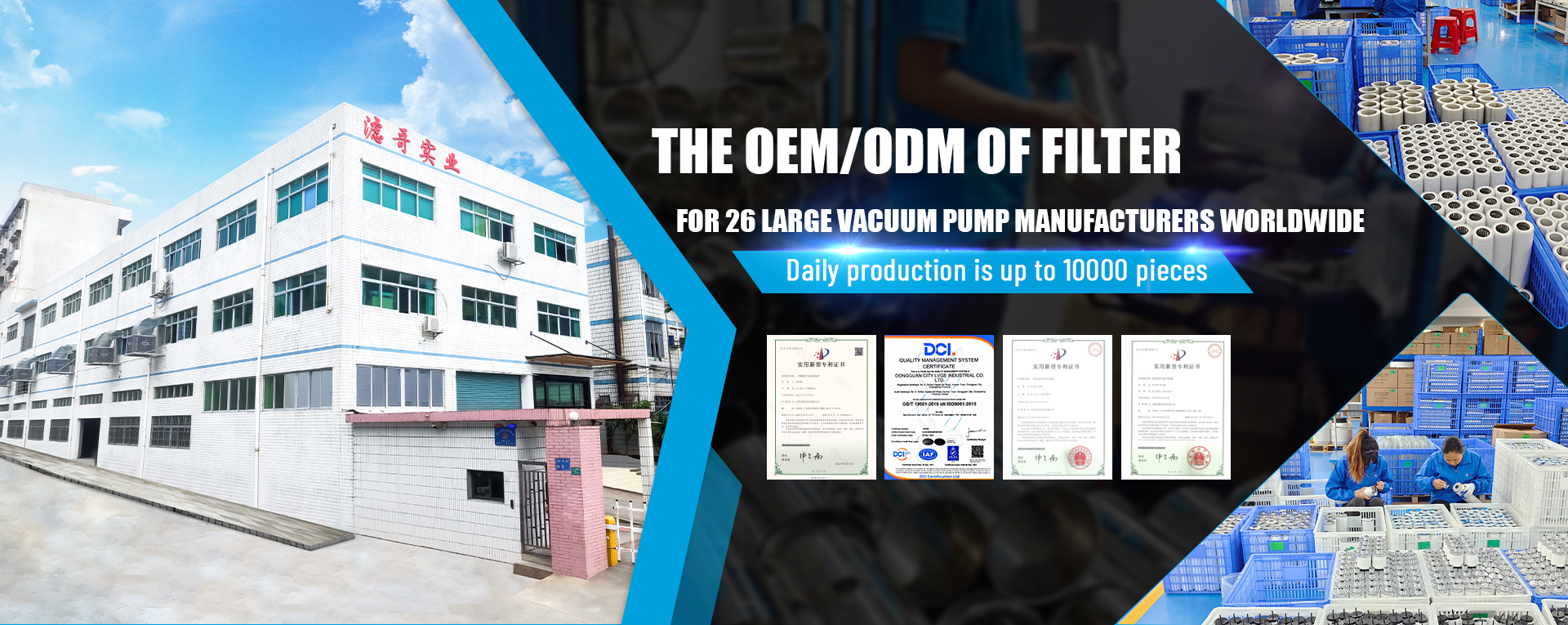The biggest difference between the dry vacuum pump and the oil-sealed vacuum pump or the liquid ring vacuum pump is that it does not require liquid for sealing or lubrication, so it is called “dry” vacuum pump.
What we didn’t expect was that some users of dry vacuum pumps thought that dry pumps didn’t need filters. They thought that the inlet filter was to prevent impurities from contaminating the pump oil. Since dry pumps don’t have pump oil, they don’t need inlet filters, let alone oil mist filters. This is a misunderstanding. We are not saying this to promote filters, here we share an example.
Our salesperson met such a customer when she was telemarketing. After hearing her introduction, the customer said that he used dry pumps and did not need a filter, and then hung up the phone. Hearing this, our salesperson knew that the customer must have a misunderstanding, so she called the customer again and asked him if his dry pumps often needed maintenance. This just hit the customer’s pain point, so the customer continued to talk with the salesperson. The reason why this customer needed to frequently repair dry pumps was that there was a lack of inlet filters, and a large amount of dust was sucked into the pump, wearing out the vacuum pump. After communicating with our salesperson, the customer learned that the seemingly hard mechanical equipment was so sensitive.
For precision equipment such as vacuum pumps, careful maintenance is indeed required. The customer felt that we seemed confident and professional, so he placed a sample order. And our filter did solve his problem, so he later purchased inlet filters for all his dry vacuum pumps.
Our expertise has won us opportunities, and the quality of our products has retained our customers. The trust and recognition of our customers has enabled us to develop. If you have any questions or needs, just contact us.
Post time: Dec-20-2024








